From art-deco arches to chrome-edged tailfins – and as for the cars…
There it is, in all its glory: The Wurlitzer Model 1015, the iconic jukebox design, introduced in 1946 with its tall, arched, art-deco design with lights, bubblers (gas in tubes that expanded when heated producing bubbles that made various patterns in the lights), and an ornate wooden cabinet. It became the iconic image of the jukebox and came to symbolise the post-war energy of the sock-hop and early rock ‘n’ roll era.
It also seems like a relic from a bygone, more forward-looking and optimistic age.
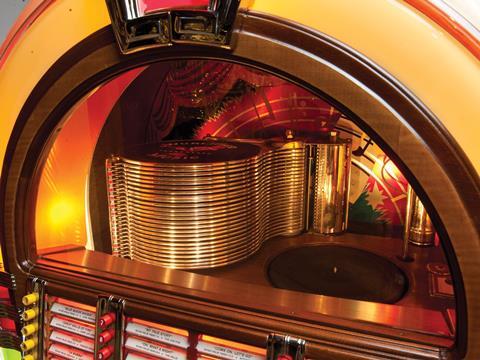
But Jukeboxes are again having a moment, thanks to the strong resurgence of vinyl records, which have emerged as a powerful audio medium and cultural phenomenon in the last decade.
Last year, vinyl sales in the US alone grew by 14.5%, a continuation of an upward trend that has extended for fourteen years now with no plateau in sight.
Ironically, the rebirth of vinyl – and by extension, all sorts of record players, turntables and associated audio equipment, and, of course, jukeboxes – have been propelled by the digital revolution in music, including all those music streaming services.
To audio purists there is no better sound than a classic album on vinyl played through a high- quality sound system, while for the nostalgic, there are few experiences more visceral than dropping spare change into a quality retro-style jukebox and becoming your own disc jockey for a few moments. Digital recordings are just not the same.
![]()
The jukebox has been around in various forms since the 1890s – the first coin-operated phonograph was installed in the In the 1920s however, it gained the mechanisms to make it a viable product in a public setting, namely, a coin operating mechanism and the mechanical arm and magazine for storing and playing multiple records.
Jukeboxes became a growing trend in the 1930s when Prohibition ended in 1933. New restaurants, roadhouses, and bars sprang up around the country and having a jukebox in the house meant musical entertainment at all times. By 1940, Americans were dropping five million nickels (5 cent coins) a day into the nation’s 250,000 jukeboxes.
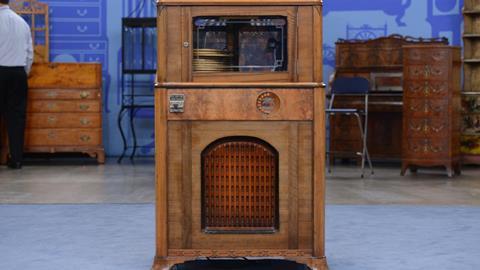
The design of these jukeboxes evolved with their increasing popularity. Early jukeboxes were functional and set into a wooden cabinets, very much like a piece of furniture. In the 1930s, though, streamlined design, echoing that of new cars like the radical Chrysler Airflow, the supercharged Graham ‘sharknose’ and the elegant Lincoln Zephyr, made the machines seem more modern. Because the machines were, by their very nature, vertical, skyscrapers like the Chrysler Building (itself influenced by Chrysler automotive details) were often referenced. The records and changing mechanisms were made increasingly visible, adding to the entertainment value. Lights were soon added, inside and out, to help draw customers to the machine.
By 1940 all the elements of the classic jukebox were featured in many models. A wooden Art Deco styled cabinet, lights at the perimeter, and around the records, and a shiny speaker grille with more streamline moderne elements. Metals and Plastic began to be part of the Jukebox designers’ toolbox of materials. But the Second World War would intervene to halt production of jukeboxes, and designs for the early 1940s, just like automobiles, remained on the drawing boards.
The golden era of jukebox design began after the War when Wurlitzer introduced its model 1015 (above). The 1015, however iconic and enormously popular (it saved Wurlitzer from bankruptcy), was dated almost as soon as it was released. Its design was a perfection of the Art Deco style, but a new design era was dawning. Competitors Rock-ola and AMI introduced similar machines of distinctive, newer design. The Rock-Ola Symphonola, known as the “trash can”, actually outsold the Wurlitzer 1015. The AMI Model A, known as ‘The Mother of Plastic’, introduced new materials to the world of jukebox design.
The jukebox market was then changed by a number of technical and cultural changes.

In 1947 Seeburg introduced a jukebox that could hold fifty 45rpm records, eschewing the old 78 rpm platters and instantly making older models including the Wurlitzer 1015, obsolete. Additionally, designers began moving away from the furniture or architecture model of Jukebox design, and began drawing their primary inspiration from the dynamic designs of cars. The new jukebox would retire the wood cabinets and replace it with metals, finishes and shapes which emulated the car culture that was rapidly expanding in the late 1940s.
The 1950s saw the zenith of the automotive influence, with manufacturers like Seeburg and AMI capturing the zeitgeist with flashy machines of textured metals, wraparound glass screens, and hypnotic round magazines that could play as many as 200 tunes – a far cry from earlier Wurlitzers which played 20 songs.
These new jukeboxes adopted details from cars – chrome bumpers, gold anodized aluminium, lights that looked like taillights or Dagmars, push buttons and selectors that emulated those on automotive instrument panels. Specific brands such as Cadillac and Chrysler were openly referenced in these designs and even specifically named by Seeburg and Rock-Ola.

Jukebox design, like the cars it emulated, toned down in the early 1960s. Some the worst (or best) excesses disappeared and the machines evolved into a more subdued, boxy style.
The jukebox craze began to wane in the mid-1960s and reached its nadir in the 1970s, before levelling off. Cable and satellite, and then cloud-based music services provided the ‘ambience’ for countless diners, restaurants, bowling alleys, and the like. The jukebox seemed consigned to history.
But now, with the return of vinyl, the jukebox is back. Yet the number of manufacturers has been reduced to a precious few. At the moment, the last classic jukebox manufacturers are Rockola near Los Angeles, and Sound Leisure in the UK. They manufacture old-school jukeboxes that play vinyl, but also have Bluetooth connectivity – just in case you want to sync that iPhone.
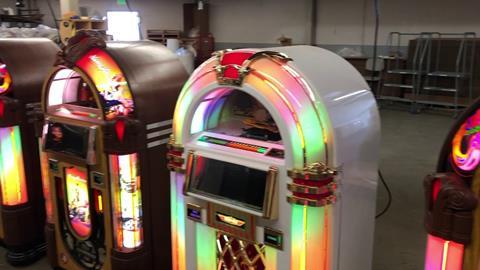
Where this all goes is largely dependent on the fate of vinyl, which remains on-trend in the music world, but for how long?
The Los Angeles Times notes, “the market for vinyl is relatively small. In 2019, the format accounted for just 4% of U.S. music sales, compared with 82% for streaming and the remaining 14% for digital downloads and CD sales. In that same time period, 18.8-million new LPs were sold. By comparison, more than 1 trillion songs were streamed in 2019.”
And then there is the latest emerging trend: The cassette tape is now making a comeback.
The horror…
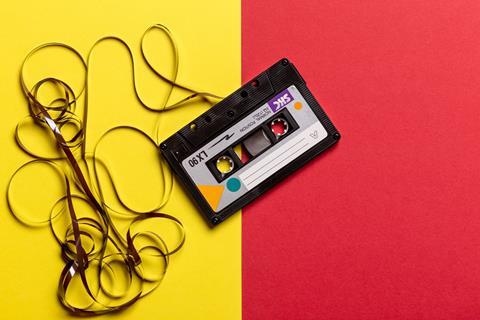
If you want to go waaay down the rabbit hole of American jukebox history, we highly recommend this website for classic swing era jukeboxes, and, for mostly postwar and 1950s boxes, see here.































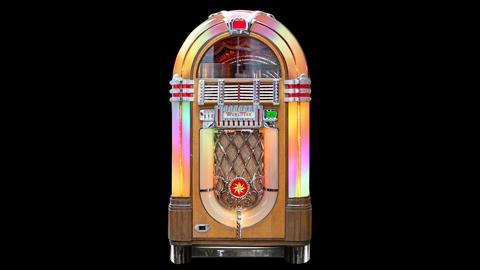
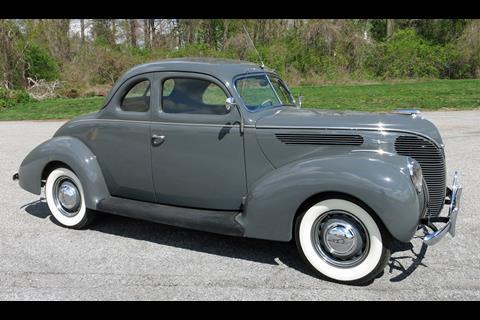
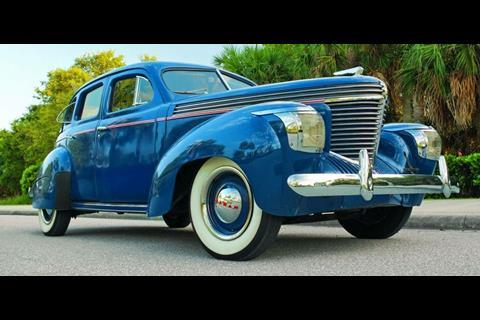

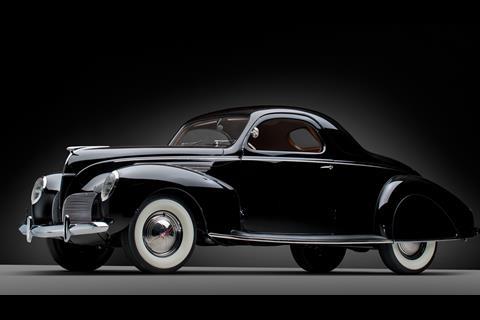
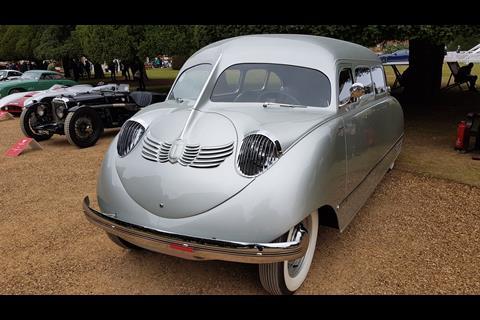
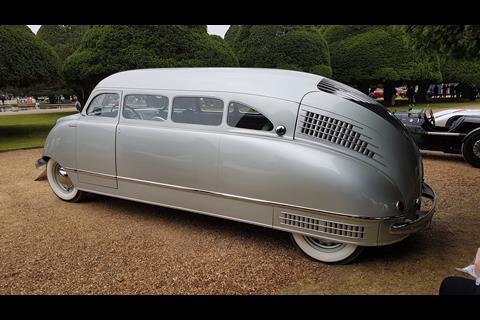
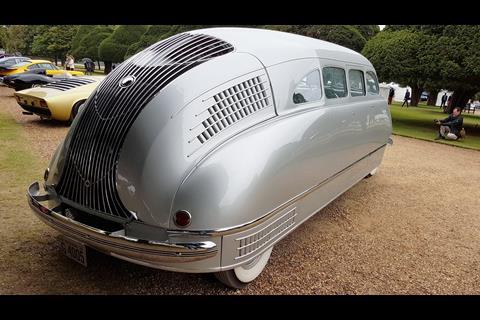

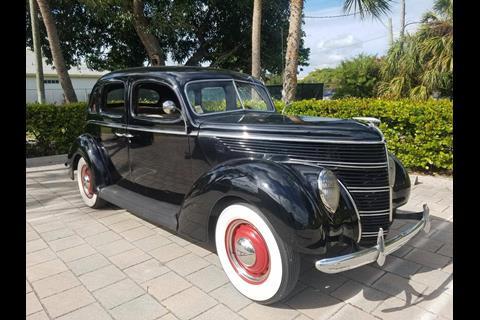
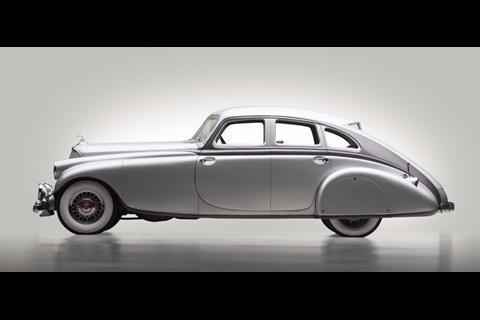
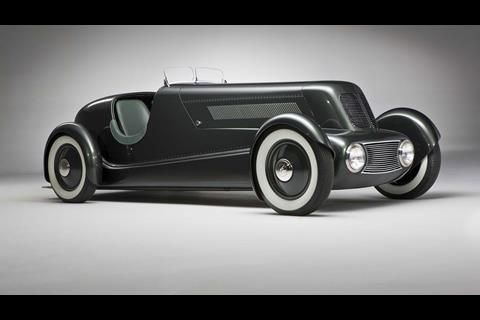
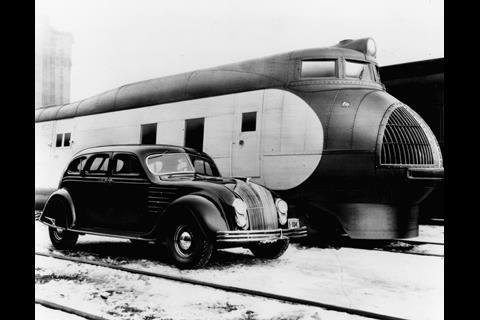
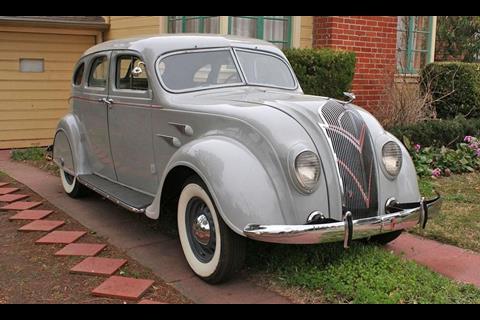
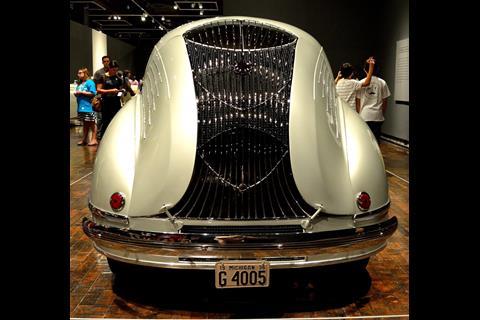

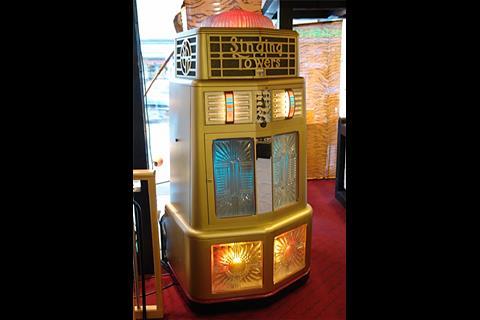
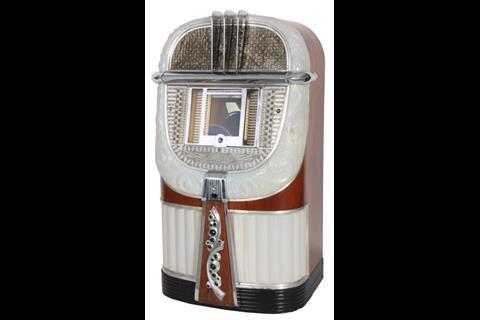

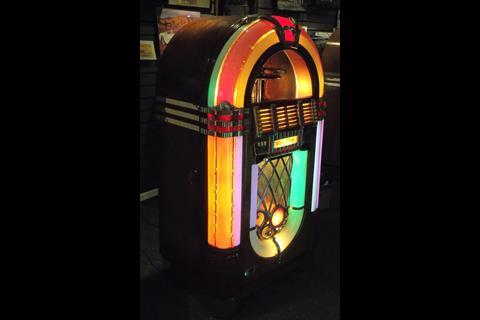
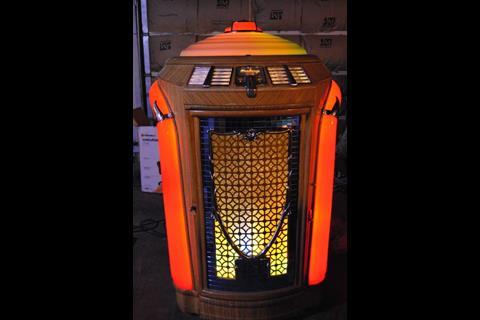
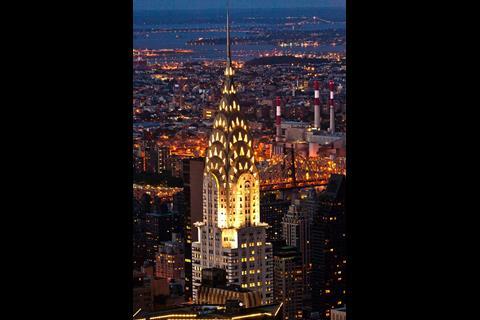
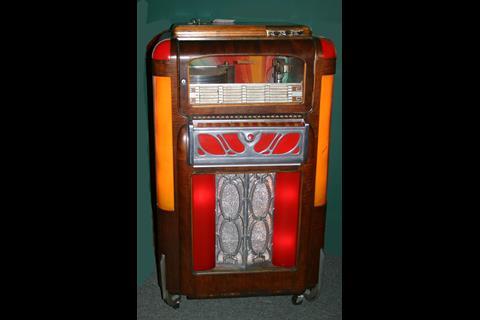
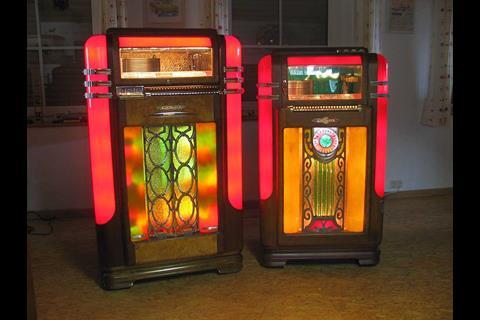
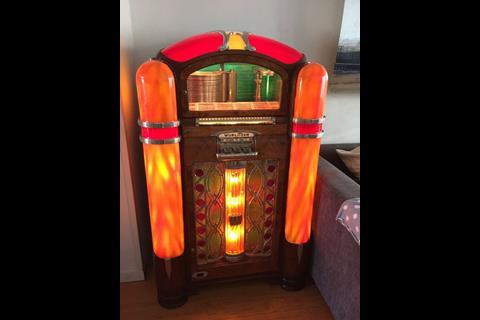



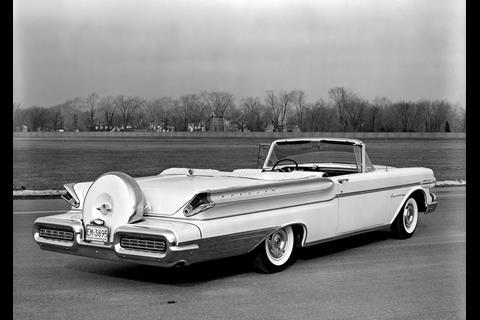
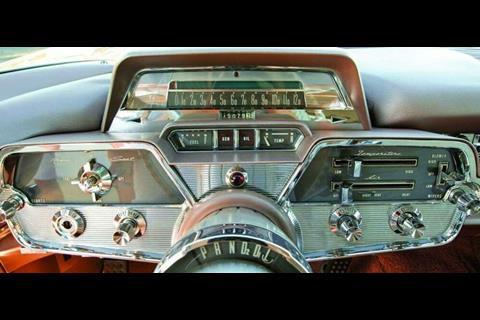

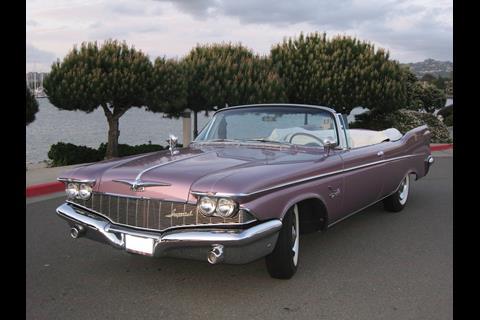
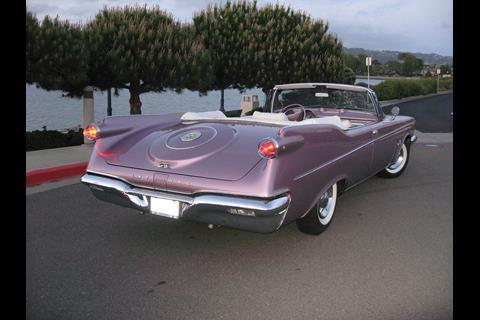
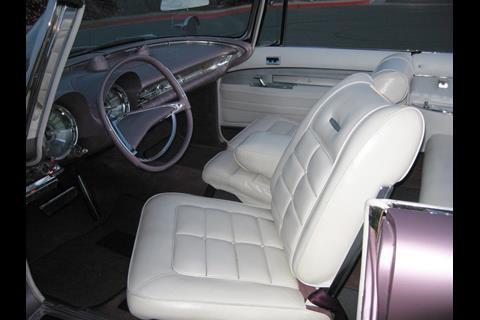
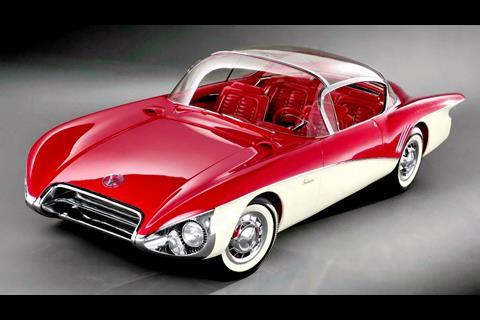
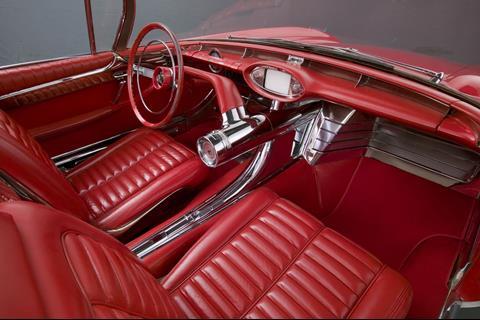
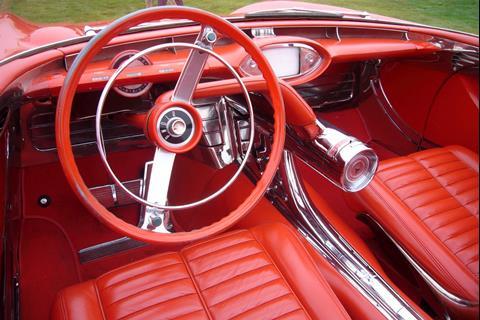
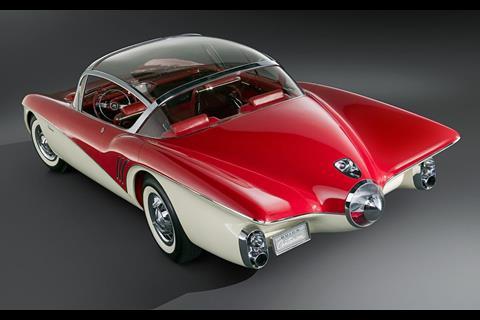

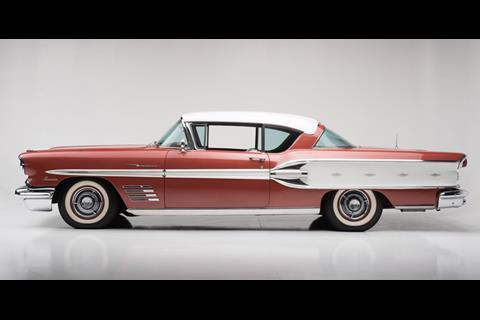

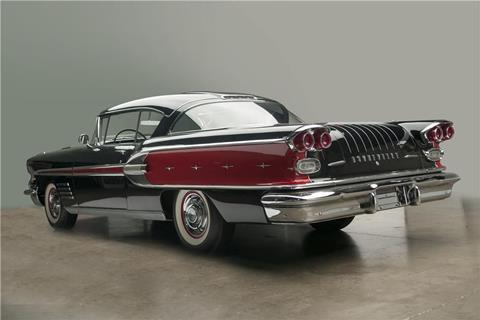
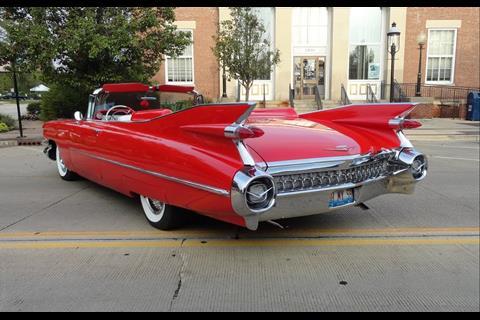
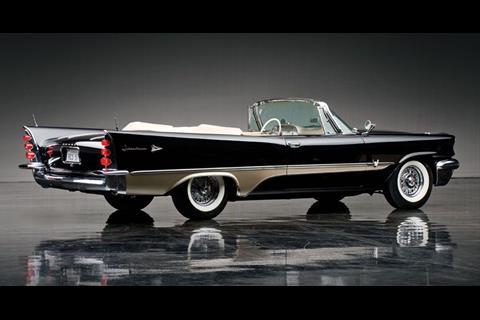
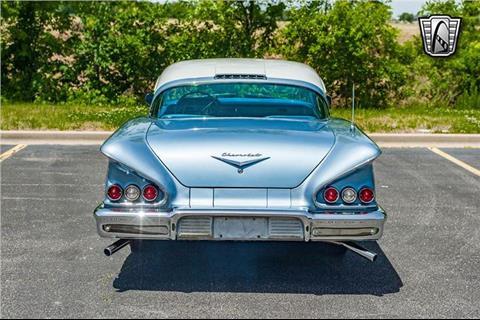
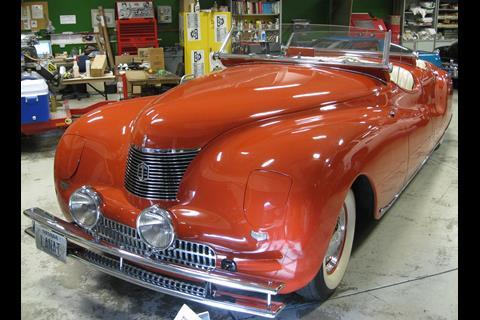
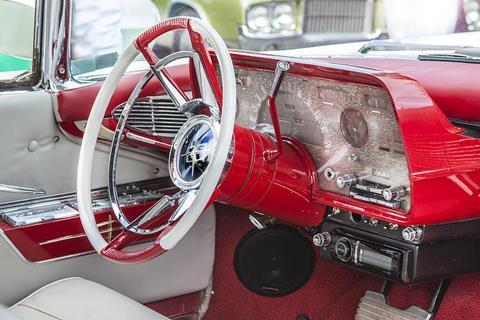
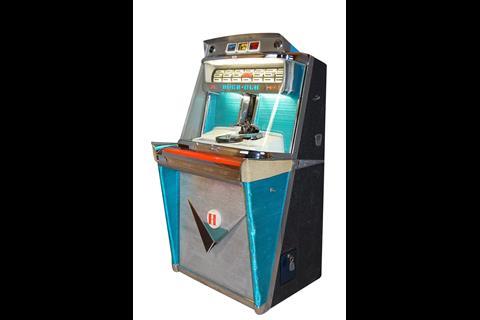
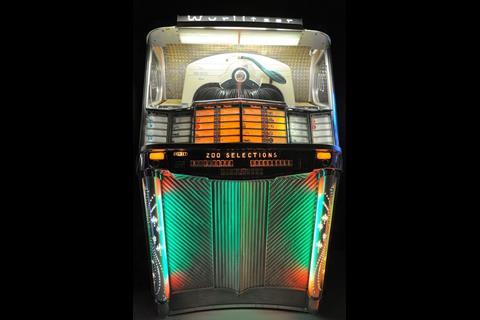
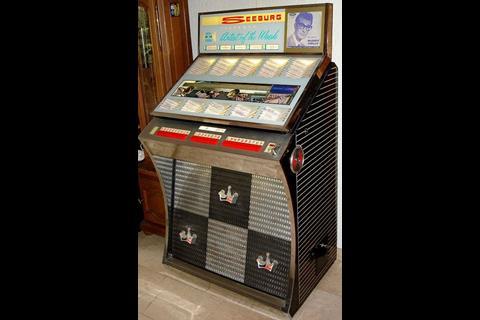
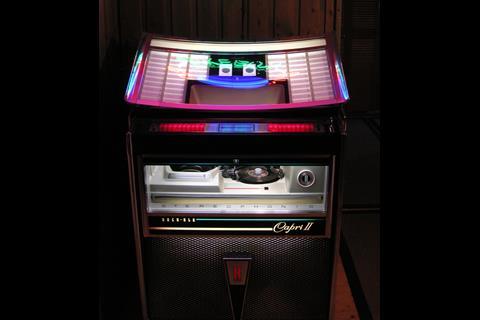
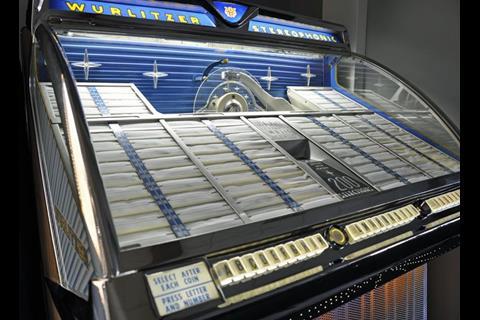

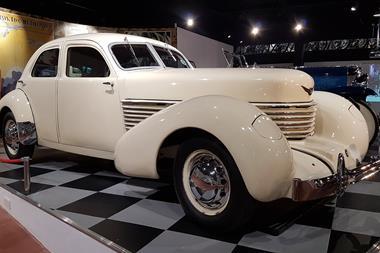
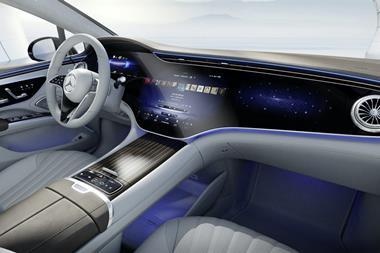
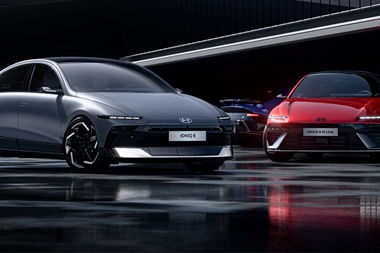
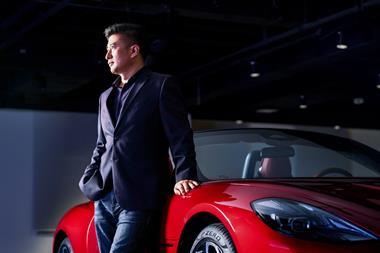
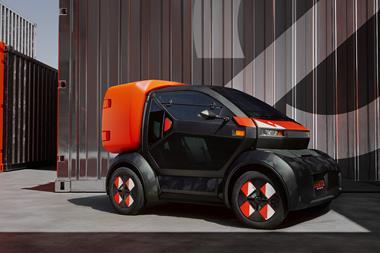




No comments yet